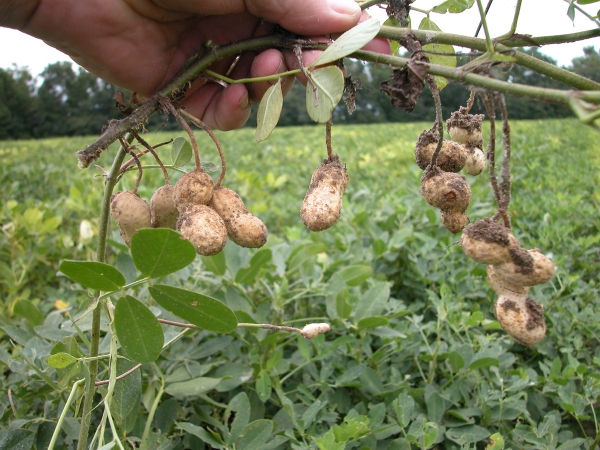Peanut
Arachis hypogaea$9.75
When will it be in Stock?
We previously had the most to buy in Jan and Nov. With limited quantities for sale in other months. They are unlikely to be available in Oct and Jun.
Specifications of Peanut
Preferred Climate SubtropicalLearn About Climate Zones
Grown From SeedlingLearn About Propagation Methods
Max Height (when in the ground with good conditions) 0-1m
Plants required to Pollinate 1 (Self Pollinating)Learn about Pollination
Can it Handle Frosts? Yes
Amount of leaves in Winter? No Leaves (Deciduous)
Quarantine Restrictions to these Areas WA
Water Requirements Drought Hardy (Little Watering)
Time to Fruit/Flower/Harvest First Year
Sun or Shade Full (Sun:80%-100%)
Preferred Soil Type Good Drainage
Soil pH Neutral (6.6-7.3pH)
Customers also bought
These plants are often purchased together. Also check plant information for suitability in your orchard.

































